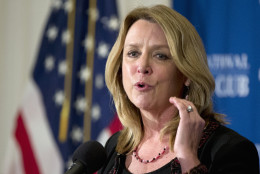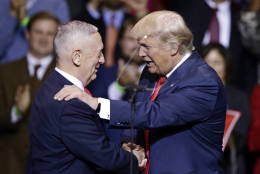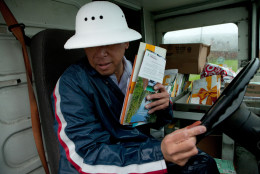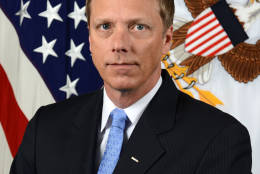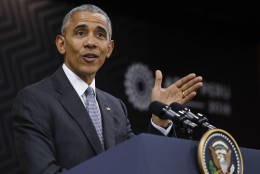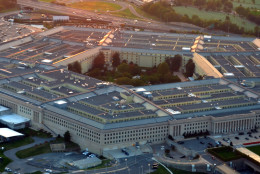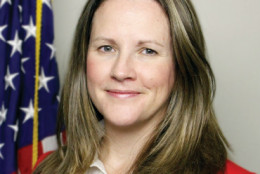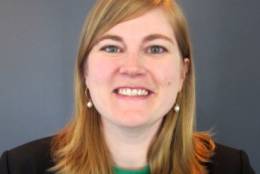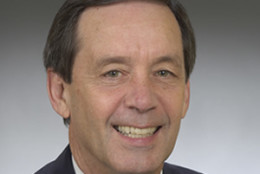Hiring/Retention
-
2016 was all about agencies’ ability to hire and fire federal employees. New initiatives from the Office of Personnel Management attempted to give agencies a refresher in hiring new talent more quickly, while Congress put its attention on how fast agencies are firing the poor performers. Federal News Radio reporter Nicole Ogrysko covers the federal workforce, and she joined Federal Drive with Tom Temin in studio to talk with us about the year that’s just passed and the year ahead.
December 21, 2016 -
After cutting burdensome training and duties, the Air Force is creating a board to review more issues in the future.
December 19, 2016 -
Onboarding, as the HR people call it, is as important for political appointees as it is for a new GS 12. Paul Lawrence, public sector vice president at Kaiser Associates, joins Federal Drive with Tom Temin with findings from a new study of political onboarding.
December 16, 2016 -
The last member of the U.S. Postal Service’s Board of Governors vacated his position on Dec. 8, leaving the group — which is supposed to have nine members — completely depopulated. That’s never happened before, and it’s leaving the USPS’ future uncertain.
December 15, 2016 -
Todd Weiler, the assistant secretary of Defense for Manpower and Reserve Affairs, describes how the Defense Department needs to transform the way it recruits service members.
December 13, 2016 -
President Barack Obama and senior administration leaders celebrated the achievements from the federal workforce over the past eight years. In his final days in office, Obama asked federal employees to think back to the moment they decided to join public service and encouraged them to continue their work as his administration leaves and another takes its place.
December 13, 2016 -
The Air Force Chief Information Security Officer says the training is needed to reduce breaches and make sure airmen are using Air Force computers for mission tasks.
December 13, 2016 -
The Senior Executive Service, National Security Council and more will see staff reductions if the President signs the bill into law.
December 09, 2016 -
The Unified Shared Services Management Office at GSA released a new 10-year vision for federal back-office shared services that relies on a subscription or as-a-service model to deal with the needs for upfront spending.
December 09, 2016 -
The Defense Department hopes the next administration will create more flexible training models for reservists in order to retain those in aviation and cyber realms.
December 08, 2016 -
Margo Conrad, director of education and outreach at the Partnership for Public Service, explains how new hiring authorities can help get national security people into government,
December 07, 2016 -
Federal agencies are using artificial intelligence to do everything from cataloging milk prices to monitoring immigration status. Department leaders say the technology helps cut costs and improve accuracy, but machines are also impacting the human workforce.
December 07, 2016 -
Suppose, after inauguration, President Donald Trump did impose a federal hiring freeze, easier firing and no more union work during regular hours. What might that effect be after 100 days? For one perspective, Federal Drive with Tom Temin turn to Bob Tobias, professor in the Key Executive Leadership Program at American University.
December 06, 2016 -
The General Services Administration awarded a $149 million contract to IBM to modernize its HR systems, instead of using a federal shared services provider.
December 05, 2016 -
The Homeland Security Department is holding a virtual hiring fair this week for recent college graduates and interns through the Pathways program.
December 05, 2016


